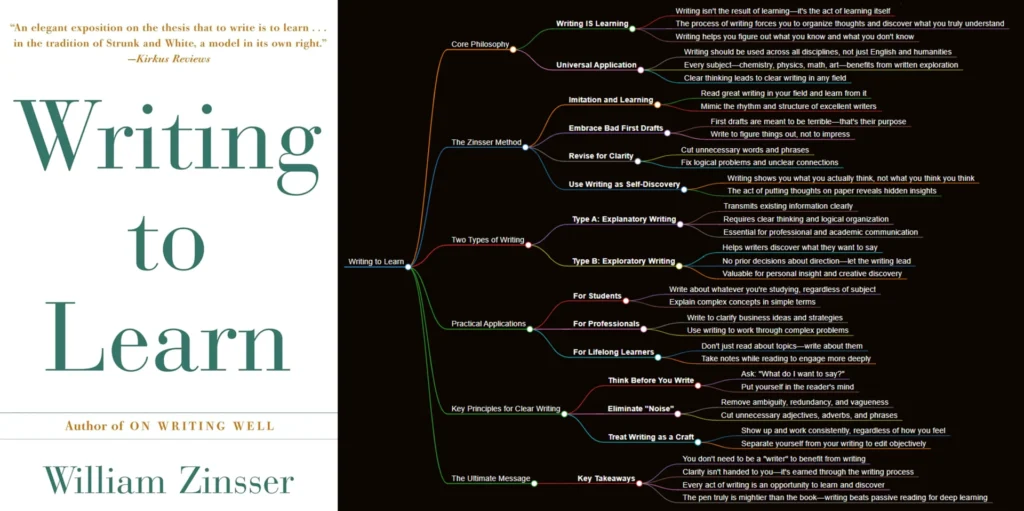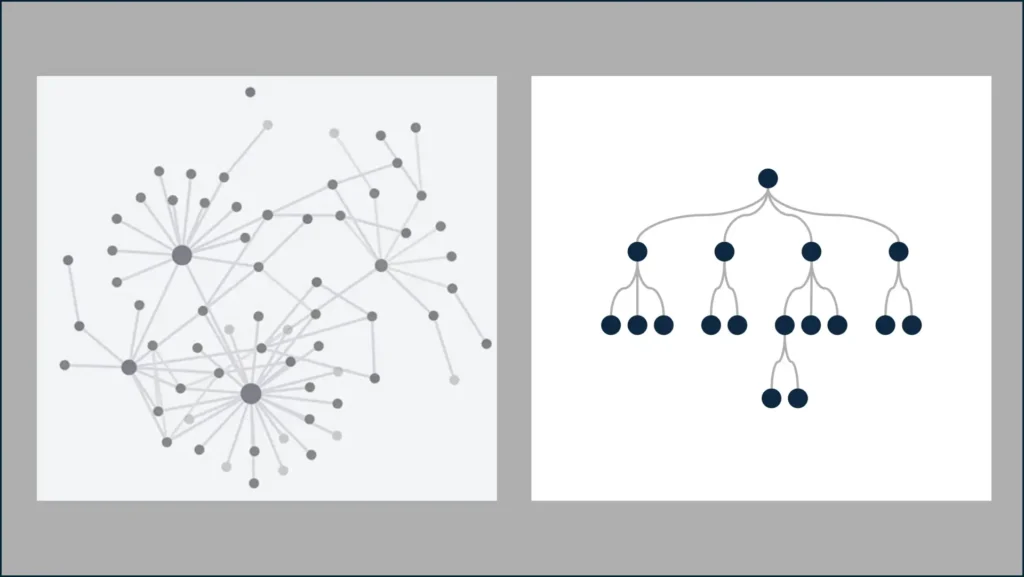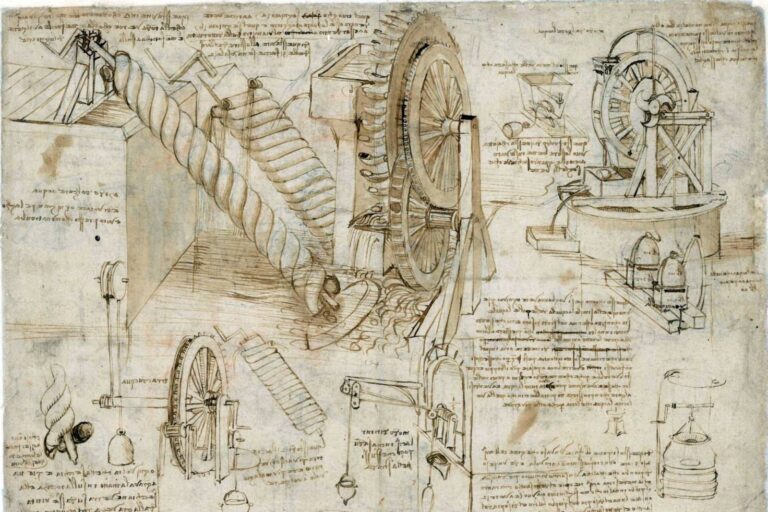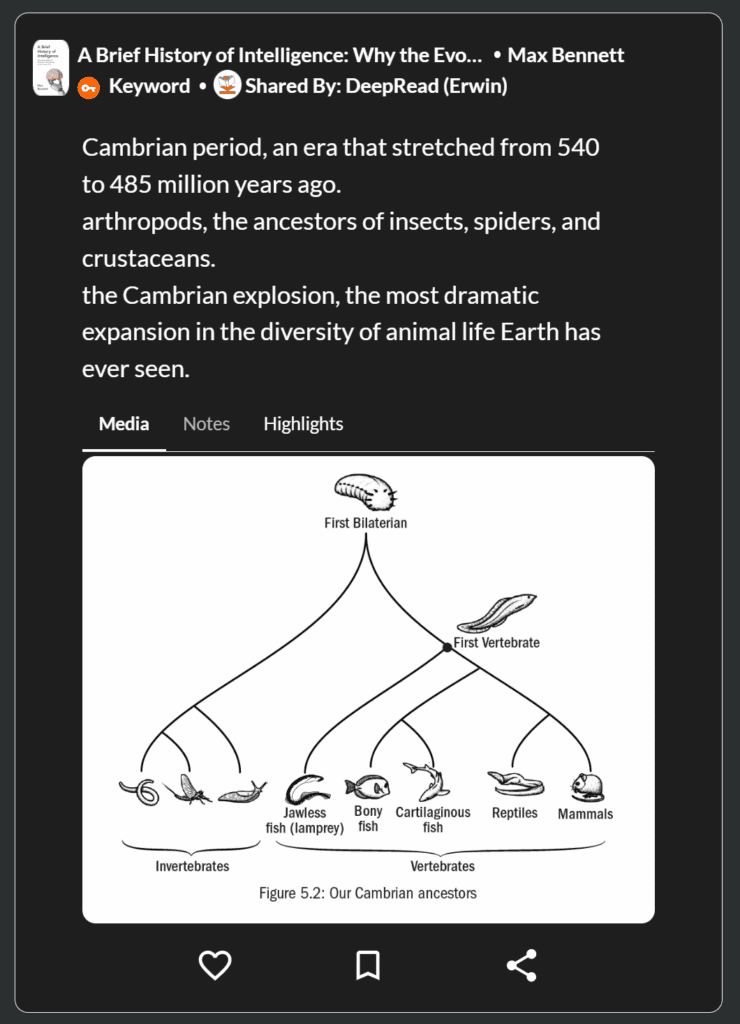Writing to Learn, by William Zinsser (Book Summary)

“Writing to Learn” by William Zinsser is the classic that understood powerful learning decades before modern science—proving that writing isn’t just communication, it’s thinking made visible. Zinsser discovered what researchers now call retrieval practice and elaboration: the act of putting thoughts on paper forces you to truly understand any subject, from chemistry to philosophy. This influential book reveals why the simple practice of “thinking on paper” is your key for mastering anything you want to learn.
Spaced Repetition Done Right: How to Remember Facts AND Structure with Anki

Flashcards combined with the Spaced Repetition System is a solid way to learn and remember the main ideas of what you read. With this approach you break down your book into small, digestible pieces of knowledge and create flashcards to trigger active recall. The Spaced Repetition Method makes sure that you test your memory at strategically timed intervals with shorter intervals for harder to remember content and longer intervals for easier content.
But there’s a challenge: when you break a book into individual pieces, you might lose sight of how everything connects. Depending on the type of book and your learning goals, you may need to preserve not just individual facts, but also the structure of arguments and how different concepts relate to each other. This can be achieved by adding cards that focus specifically on the book’s organization, or by including hints on regular cards that remind you where each piece of information fits in the author’s overall argument.
Nested Summarization: The Learning Technique So Basic It’s Genius

You’ve probably done it countless times without realizing it. When preparing for a crucial exam, you instinctively break down a textbook chapter by chapter, then section by section, distilling complex ideas into concise summaries that capture the essence of hundreds of pages in just a few key points. This natural learning pattern has a name: Nested Summarization.
This isn’t just another study hack—it’s the way our minds naturally organize and retain complex information. By working from the bottom up through a book’s hierarchical structure, you’re not just memorizing facts; you’re building a mental framework that transforms how you understand and remember knowledge.
Whether you’re a student cramming for finals, a professional mastering new skills, or a lifelong learner diving into complex subjects, Nested Summarization will change your approach to learning. It’s time to give this intuitive technique the recognition and systematic approach it deserves.
Bidirectional Links vs Hierarchical Note Taking: Which Method Actually Helps You Learn Better?

The world of knowledge management has been revolutionized by tools that promise to transform how we connect ideas. Apps like Obsidian, Roam Research, and Notion have introduced millions to the concept of bidirectional linking, creating beautiful knowledge graphs that look like neural networks of pure thought. But beneath the visual appeal lies a fundamental question: do these connected notes actually help us learn better, or are we being seduced by complexity that doesn’t serve our cognitive needs?
The Simple Zettelkasten: A Knowledge System That Actually Works (Without the Technical Headaches)

The Zettelkasten method promises to revolutionize how we think, learn, and connect ideas. Yet for every success story, there are countless abandoned note-taking systems gathering digital dust. The problem isn’t with the core concept—it’s with how we’ve made it unnecessarily complicated.
Major Update: Enhanced Kindle Highlights Management
A Quick Guide how to export Kindle highlights and get them into a note-taking app like Obsidian, Notion, Notes or Evernote
Visual Learning for Readers: How to Retain More from What You Read

Students scribble in margins while taking notes. Management consultants create elaborate slide decks to explain complex business strategies. Scientists design colorful posters to present their research at conferences. Yet when it comes to reading books, most of us simply… read.
This disconnect reveals a fundamental problem: books are purely text-based, but our brains are wired for visual information. If you’ve ever finished a book only to forget most of it within weeks, you’re experiencing the limitation of text-only learning.
The solution is to transform your reading with visual techniques that work with your brain’s natural strengths:
Words + images = stronger memory.
Extracting Keywords to Deepen Your Understanding of Any Book

Identify and extract a book’s keywords to transform surface-level reading into deep, lasting comprehension that you can apply anywhere.
Coming up: Personalized Knowledge Bites
A Quick Guide how to export Kindle highlights and get them into a note-taking app like Obsidian, Notion, Notes or Evernote
Create a mind map of your book.
A Quick Guide how to export Kindle highlights and get them into a note-taking app like Obsidian, Notion, Notes or Evernote